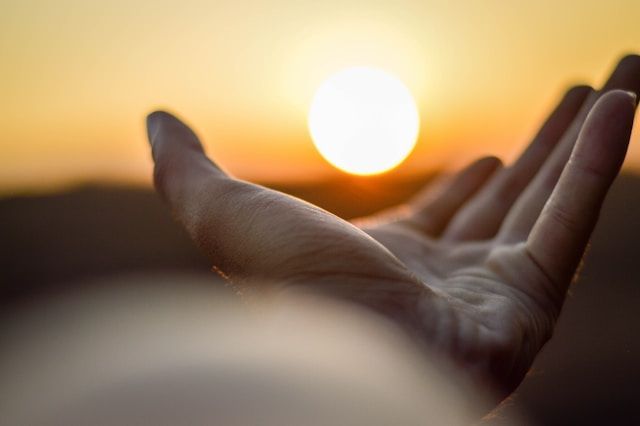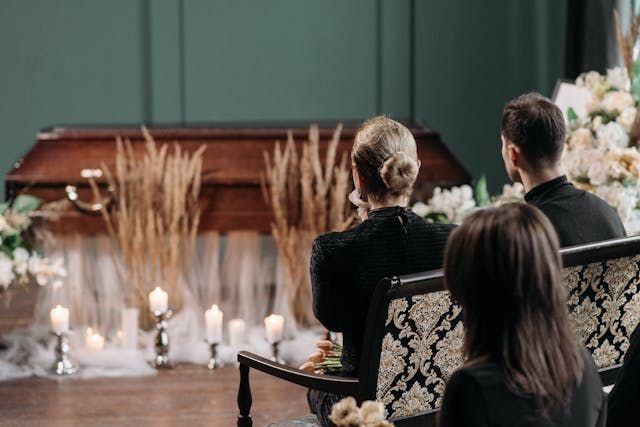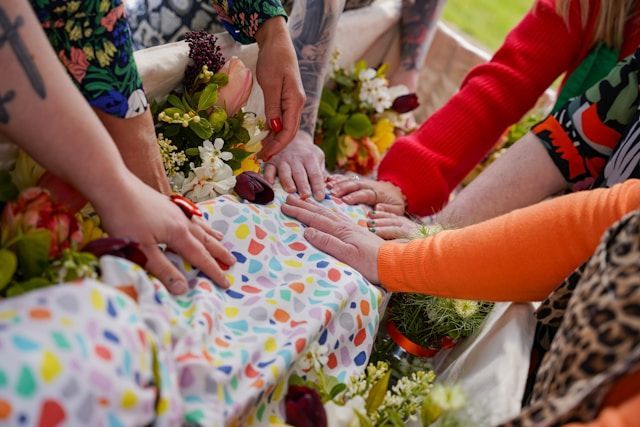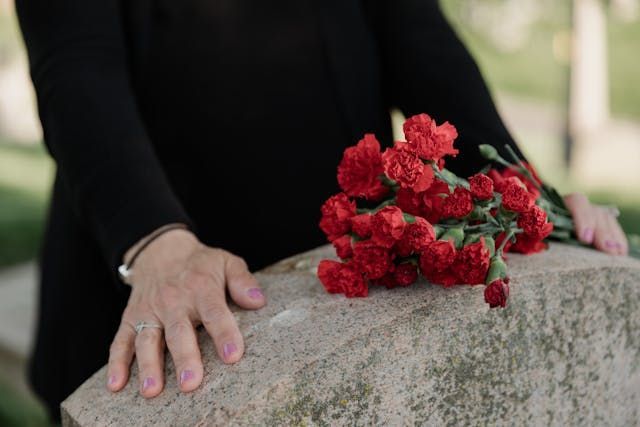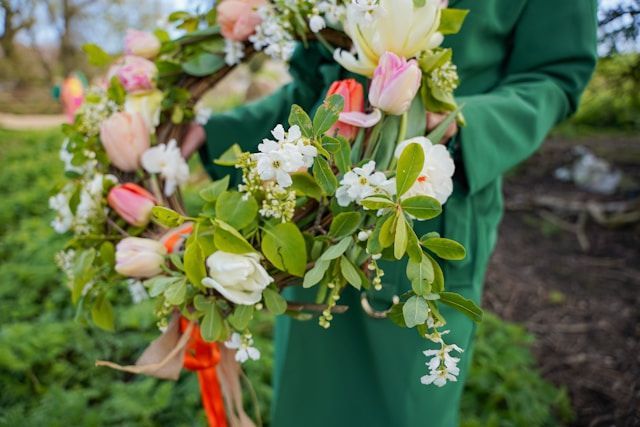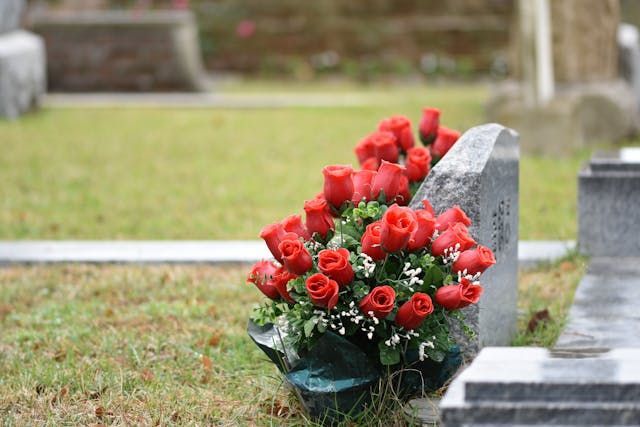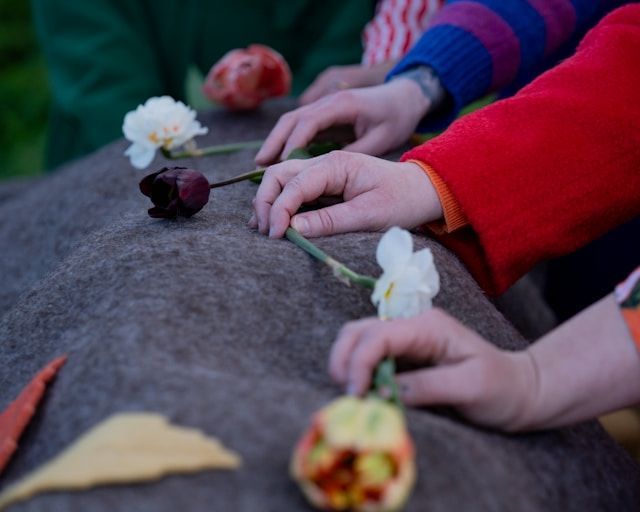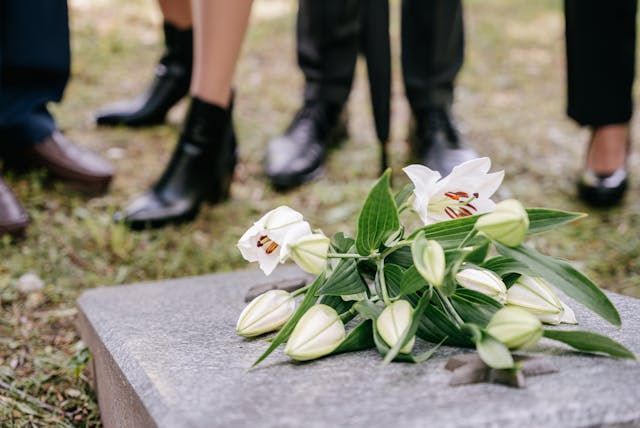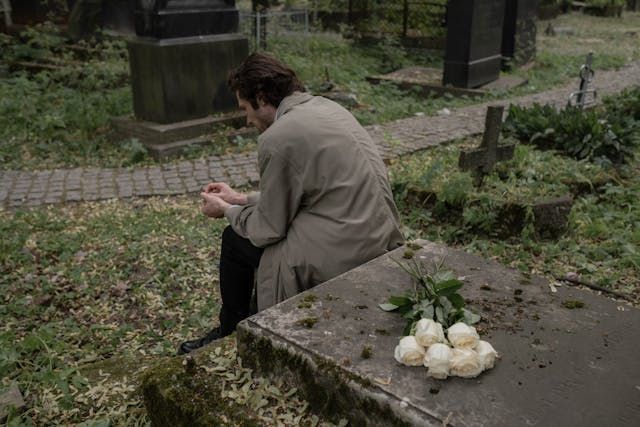FAQs About Green Funerals
August 2, 2023
FAQs About Green Funerals
We can help answer some of the most common questions people have about eco-friendly funeral services.
Although “green burials” and “eco-friendly memorials” sound like the latest trend in funerals, in practice they've been around since humans have buried their loved ones. However, once embalming became standard practice in the Civil War, natural burials lost favor with the majority of American society. Now, green burials take on a whole different meaning with the traditions, technology, and climate concerns of today.
Here are some of the most frequently asked questions about eco-conscious funeral services:
What exactly is a “green funeral?”
There isn't a universally recognized definition for exactly what a green funeral is, but all green funerals aim to have as little negative impact on the earth as possible. Funerals can have multiple eco-friendly elements that will vary from family to family. However, a green burial is one in which the body is placed directly in the soil with a shroud or in a biodegradable container and allowed to decompose naturally, without embalming or the use of a burial vault.
What are things I can do to make a funeral more sustainable?
A funeral doesn't have to be completely “green” for a family to minimize their carbon footprint when saying goodbye to a loved one. A family may ask guests to carpool or forego a procession with hearse and limos, choose digital announcements rather than paper, opt for a meat-free reception, or ask guests to donate to an environmental fund in the deceased's name in lieu of sending flowers. A funeral director can help you decide which elements of a funeral you'd like to incorporate for a more sustainable service.
If I don't embalm, can I not have a traditional service?
It is not legally required to embalm. There are other options for keeping a body preserved that don't involve embalming, or the use of chemicals. The deceased can be kept in a refrigeration unit until the services take place. A family may also choose to have a loved one buried immediately after death and hold services at a later date.
Is cremation bad for the environment?
Both cremation and traditional burial use more resources than a natural burial. Fossil fuels are used to power the retort, or cremation chamber, and emissions are released into the environment. While cremation is more environmentally friendly than a traditional funeral, a green burial is, as you probably guessed, the most sustainable option.
Can I have a green burial in any cemetery?
Although green burial is legal in all fifty states, not all cemeteries allow it. However, most cemeteries have a specific area designated just for green burials. There are also conservation burial grounds (dedicated land for green burials) that allow for the preservation of natural resources, use minimal carbon emissions, and protect the natural habitats of plants and animals.
Is green burial safe?
Yes, green burials are safe. In a green burial, the deceased is buried 3-5 feet beneath the ground surface, safely away from the water table. Soil breaks down the body into organic compounds that are naturally returned to the earth.
What kind of grave markers are used for green burials?
The most sustainable grave marker is no grave marker, or something natural such as a large rock or a tree, planted in a loved one's honor. Each cemetery will have their own rules regarding markers. Flat, bronze markers use fewer resources to make and transport than larger, traditional headstones.
Creating minimal environmental impact is important for many families. What is also of the utmost importance is creating a gathering where loved ones can share in their grief together, pay their respects, and create the meaningful service that they need. Whether that's a green burial on conservation land outside the city, or a traditional funeral service that incorporates elements that lessen its carbon footprint, every family can plan a beautiful, greener goodbye.
If you have any questions about green funerals we didn't answer here, we encourage you to reach out to us at 505-843-6333 or send us a note and we'll get back to you promptly.

